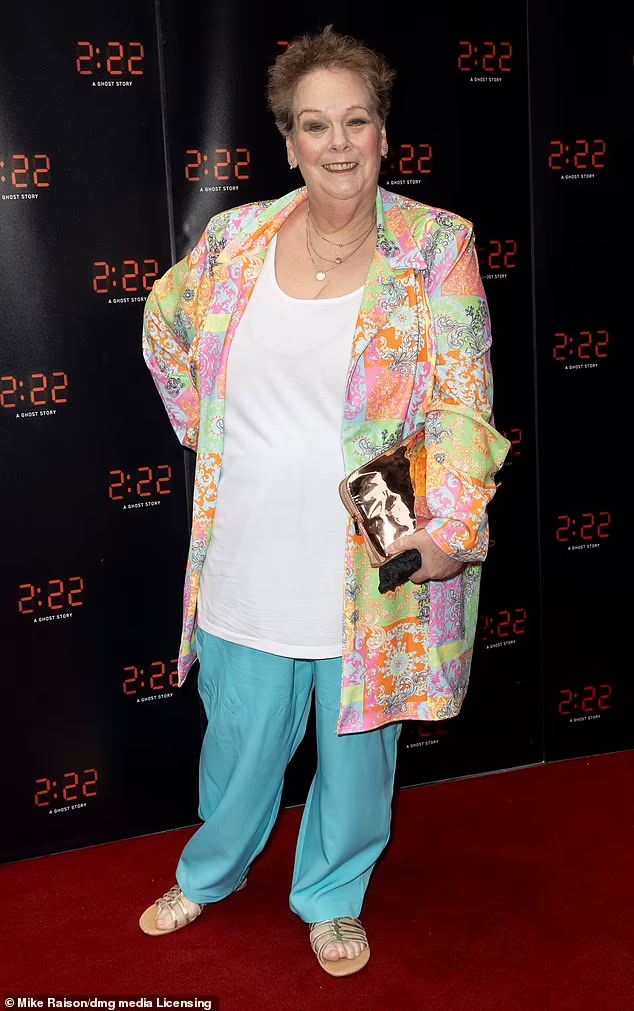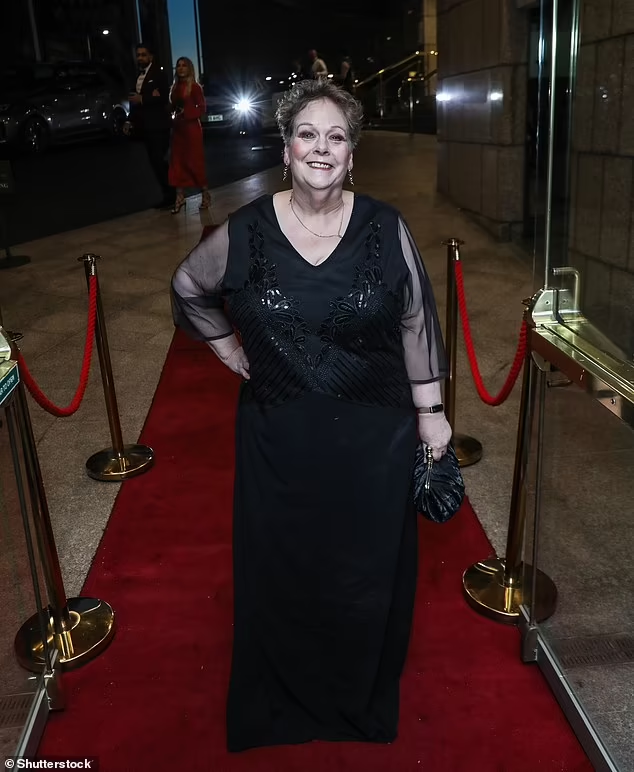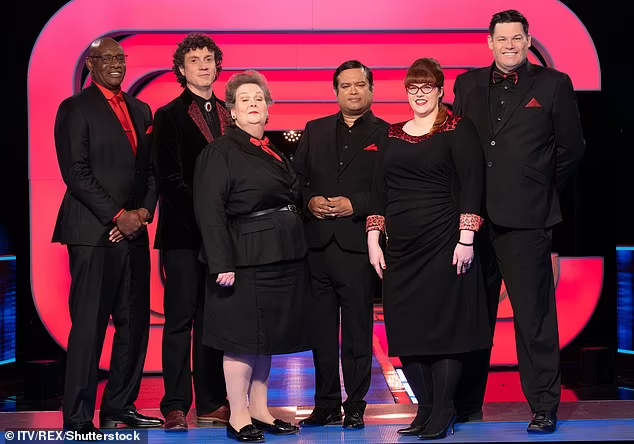Have you ever stopped to think how the kitchen tools we rely on every day came to be? Today, let’s take a trip back in time to explore the fascinating history of one such essential appliance: the mixer.
The Early Days of Mixing
Our story begins in the mid-19th century when inventors across the globe were experimenting with ways to make the process of mixing ingredients easier and more efficient. In 1856, Ralph Collier, a tinner from Baltimore, patented the first mixer with rotating parts. Just a year later, E.P. Griffith introduced the whisk, a revolutionary tool for blending ingredients. The Monroe brothers, J.F. and E.P., also made their mark with their hand-turned rotary egg beater, which was granted a patent in the United States in 1859.

These early designs caught the attention of the Dover Stamping Company, who acquired the Monroe Brothers’ patent. The Dover egg beaters became a beloved American brand, known as the “Dover beater.” These beaters were held in such high regard that even a recipe from the Gazette newspaper of Cedar Rapids, IA in February 1929 featured the famous Dover beater in a delightful dessert recipe called “Hur-Mon Bavarian Cream.”
Enter the Electric Era
It wasn’t until 1885 that the first electric mixer made its debut, thanks to the ingenious mind of American inventor Rufus Eastman. However, it was the Hobart Manufacturing Company that truly revolutionized the industry with their large commercial mixers. In 1914, they introduced a groundbreaking new model that forever changed the landscape of mixers.
In the early 20th century, two notable American brands, the Hobart KitchenAid and the Sunbeam Mixmaster, became popular choices among consumers. But despite their popularity, domestic electric mixers were still a rarity in most households until the 1920s when they began to be widely adopted for home use.
The Stand Mixer: A Game Changer
In 1908, Herbert Johnston, an engineer for the Hobart Manufacturing Company, had a eureka moment while observing a baker mix bread dough with a metal spoon. He realized there had to be a better way and set out to create a mechanical counterpart to simplify the process.
By 1915, Johnston’s 20-gallon mixer had become standard equipment in most large bakeries. Just four years later, in 1919, the Hobart Manufacturing Company introduced the Kitchen Aid Food Preparer, which went on to become known as the stand mixer. This revolutionary invention quickly became a staple in kitchens across the country.
From the hand-turned rotary beaters of the 19th century to the introduction of electric motors and the birth of the stand mixer, this essential kitchen tool has come a long way. It has undergone numerous innovations to make our lives easier in the kitchen.
So, the next time you whip up a batch of cookies or blend together a mouthwatering cake batter, take a moment to appreciate the rich history behind your trusty mixer. It’s a testament to human ingenuity and the desire to simplify everyday tasks.

In addition to the mixer, another versatile kitchen tool that has a fascinating history is the meat grinder. Also known as a “meat mincer” in the United Kingdom, this appliance has been used for mincing and mixing raw or cooked meat, fish, vegetables, and more.
The journey of the meat grinder dates back to the nineteenth century when Karl Drais invented the first version of this remarkable tool. Initially, meat grinders were hand-cranked, pushing the meat through a metal plate with small holes, resulting in long, thin strands of flesh.
With advancements in technology and the widespread availability of electricity, manufacturers began creating powered meat grinders. These modern electric grinders enable the seamless and uniform processing of several pounds of beef. Some models even come with attachments that add functionality, such as sausage-making, kibbe, and juicing, which has dramatically expanded the range of applications for meat grinders.
So, the next time you’re mincing meat for a savory dish or experimenting with homemade sausages, remember the journey and ingenuity behind your meat grinder. It’s a testament to how kitchen tools have evolved to make our culinary adventures more accessible and enjoyable.
Anne Hegerty, 66, from The Chase, shared her worries about dating. She talked about how her longest relationship only lasted four months and that she has never had children.
Anne Hegerty, known from The Chase, shared that her biggest fear about dating is having a man invade her personal space.
The quizzer, who was diagnosed with autism at 45, opened up about her challenges, mentioning a time when she unplugged her phone to stop a boyfriend from contacting her.
At The Paul Strank Roofing Charity Gala in Kensington, London, she honestly said that she thinks she would make a terrible partner.
Anne, 66, said, “I really struggle with being close to others and having anyone else in the house.
“I think a lot of autistic people don’t get married or settle down.”

Anne explained, “I don’t even have pets because of this, and my ability to live with other people is getting smaller. I need a lot of alone time.
“I always feel like I need more space than anyone can give me. If I wanted a relationship, I could find one, but honestly, I don’t.”
She also mentioned that her longest relationship only lasted four months. Reflecting on that time, she said, “It only worked for those few months because I was in Manchester. I kind of set it up so it wouldn’t last.”
In the end, she wrote to him to end things. “I remember crying with relief and then crying with guilt,” she shared.
Anne felt overwhelmed during that relationship. “Sometimes, I unplugged the phone because he tried to call me every day. I just wanted it to be over.
“I’d sit there waiting for the phone to ring, thinking, ‘Don’t phone, don’t phone, don’t phone!’ Other times, to get over the waiting, I’d call him, but that made him think I wanted to talk. I really just wanted to end it. I didn’t want to talk to him or anyone!”

Anne joked that she hasn’t lacked offers from admirers who seem to like her “Mrs. Trunchbull” Governess outfit.
She said, “I’m sure some people are attracted to the whole look of The Governess. I think there are some who might be interested if they let me.”
Anne said, “I do meet attractive men, but I know it won’t work out. I feel like it’s not fair to them because I won’t treat them well.”
She added, “I always want more space than they can give me. If I wanted a relationship, I could find someone, but I don’t.”
She thinks it’s better not to date at all and enjoys having men as friends more than women. She recalled a quiz she attended in June, where a woman pointed out they were the only two women in the room, but Anne hadn’t even noticed because she was talking to her male friends.
Anne also shared that this is part of why she never had children, even though she is great with kids. “I did want children, but I knew I wouldn’t be able to handle it very well.”
About 20 years ago, two kids from her neighborhood used to come over. “We limited their visits to just one hour a day, but they always wanted to stay longer. They were wonderful kids, and we’re now friends on Facebook, but I couldn’t handle that for more than an hour.”

Anne takes her role as godmother to Mark “Beast” Labbett’s eight-year-old son, Lawrence, very seriously.
She said, “Lawrence’s birthday is at the end of November, so I usually send a birthday and Christmas present at the same time—but they are not the same gift. My parents had winter birthdays, and I knew they hated getting just one present for two celebrations.”
Anne joked that one of the gifts she gave Lawrence was a bit inappropriate—a toy crossbow. “So, weaponry,” she laughed. “But lately, I’ve been giving him Minecraft vouchers since he really loves that.”
She also mentioned that she has spent Christmas alone for the past 40 years. That’s why she’s especially happy to be playing the Fairy Godmother in this year’s panto, Cinderella, in Scarborough.
Anne, who was on I’m A Celebrity… Get Me Out Of Here in 2018, said, “Now that I’m in panto, I can say, ‘Sorry, I’m in Scarborough!’ and that’s my only day off.”
She sees it as a great day off. Even though many people invite her to spend Christmas with them, she prefers not to. “I don’t do Christmas dinner or a tree. When I was a kid, I just remember all the pine needles everywhere!”
Earlier this year, Anne took on another acting role, making a cameo as a neighbor in a film called Exorcising Barry, which is about a man obsessed with a demon.

Anne said that any chance of going to Hollywood is out of the question.
She explained, “America wouldn’t want me because I’m fat. I have a friend who went there for work, and even though she looks amazing, they told her she needed to lose weight. I’m fine with how I am, but they don’t like fat British actresses.”
Despite this, she has had great success in Britain. Talking about The Chase’s recent National Television Award win, she said, “I’m so happy. Bradley Walsh is amazing. It’s been 14 years, and I love it.”
She added, “Other kids used to sing in front of the mirror with a hairbrush. When I was younger, I practiced being interviewed for when I became famous. I don’t know why, but it’s always been my dream.”



Leave a Reply